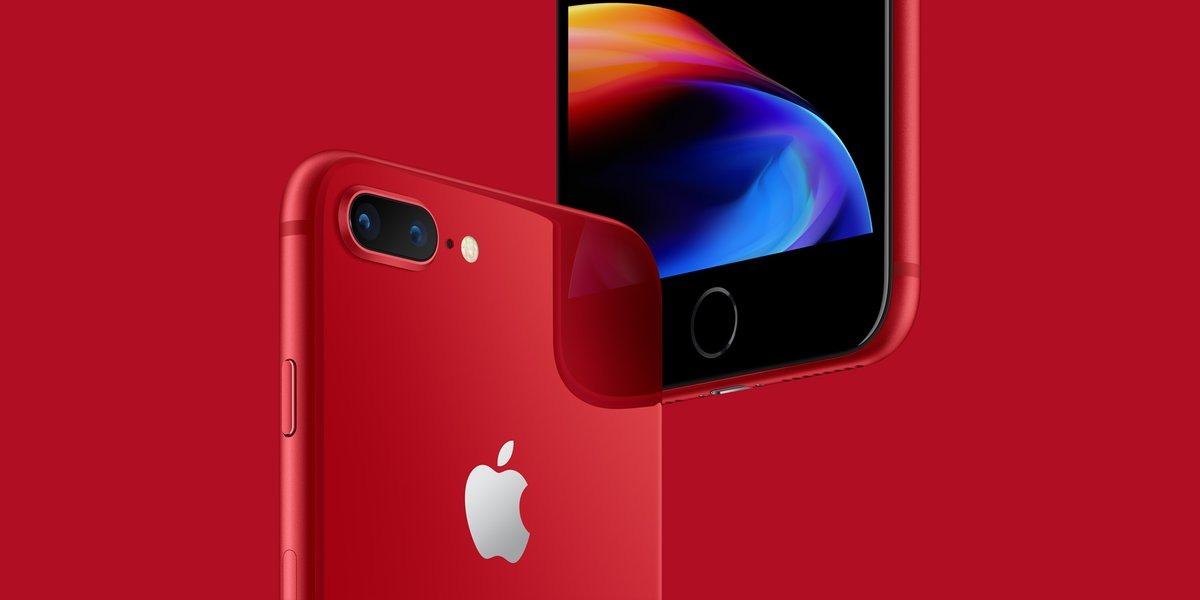Despite recent claims to the contrary, the new head of Apple's India operations, ex-Singapore executive Michel Coulomb, is reportedly pursuing an aggressive strategy to save iPhone sales in the country, which have dwindled to just 1 percent of the local phone market.
Coulomb was the one responsible for kicking out three sales executives in June, Bloomberg said on Monday, citing multiple sources. He then spent three days with senior workers from across the country at the company's sales and marketing headquarters in Gurugram, where he unveiled a strategy to fix iPhone sales.
This includes signing better third-party retail deals with higher sales targets, overhauling relationships with independents, launching long-planned first-party stores, and offering apps and services that better address Indians.
Of special interest is the revelation of a revamped Apple Maps, expected by 2020. The sources didn't specify what might be in the redesign, other than it fixing flaws currently impacting India.
The company is slowly rolling out more detailed first-party map data beginning with iOS 12 betas, and India could theoretically get access to that improved coverage by 2020. Upgrades might also finally bring turn-by-turn directions, a feature that's often the reason people use a service like Apple Maps or Google Maps in the first place.
Apple's products have been deficient in India in other ways. There's still no support for Apple Pay for instance, and Siri — usually considered the best assistant in terms of language support — still can't handle Indian languages.
It remains to be seen if sales and service changes will be enough, since Apple might not be able to overcome basic economic obstacles. Most shoppers can't afford to buy even the locally-assembled iPhone SE, instead aiming for an average budget of 10,000 rupees, or about $150. Bloomberg notes that someone can spend $100 in the country and get a Xiaomi Redmi 5A, which is in some ways technically superior to the SE.
That leaves people with little means or incentive to buy most other iPhones, which are costlier still not just because of their specifications but because of import duties.
 Roger Fingas
Roger Fingas







-m.jpg)






 Charles Martin
Charles Martin
 Christine McKee
Christine McKee
 Wesley Hilliard
Wesley Hilliard
 Malcolm Owen
Malcolm Owen
 Andrew Orr
Andrew Orr
 William Gallagher
William Gallagher
 Sponsored Content
Sponsored Content







14 Comments
But but but market share doesn't matter..! Just make them even more expensive so the profit margin is >80%! /sarcasm
Another excerpt from the Bloomberg piece:
The 2020 revamp is supposed to fix Maps’ failings, say the people familiar with Apple’s plans, but so far, the Maps development office the company set up in Hyderabad in 2016 has mostly been used for editing map data in other parts of the world. For now, Google dominates the maps market, and along with Facebook controls much of the developer community. Google and Amazon.com’s voice assistants are much far ahead of Siri when it comes to understanding Indian languages and accents.
Vijay Shekhar Sharma, CEO of Indian digital payments company Paytm, says he hasn’t bothered to integrate his services with the iPhone because iOS users represent such a tiny slice of the market. Like the BlackBerrys of old, the iPhone’s biggest selling point, says Sharma, is relatively high data security for the privacy-conscious. Otherwise, unless you really love Apple, he says, “there aren’t many reasons to buy this expensive phone.”
The good news not mentioned in all this is that users in India upgrade their smartphones much faster than customers in US, UK, and China, according to BAML survey of nearly 50,000 users in those countries (24K in India). So things can change fast, once Apple gets it act together. 45% in India upgrade EVERY YEAR, said 30JUL2018 report. A short extract from report:
"Across the four countries, respondents in emerging markets seemed more likely to consider switching to the iPhone with their next upgrade (see chart 20). A lower price dominated across all regions as a key potential reason to switch. We note that in India, a better camera was noted by a similar % of respondents as a lower price (18% vs. 19%)." Graph also details what customers willing to pay in each country, but doesn't paste. [Erratum: In a prior post I was correct in saying UK buys most used phones of these four nations; but mistaken in saying US was next. US buy least used phones of these four nations]